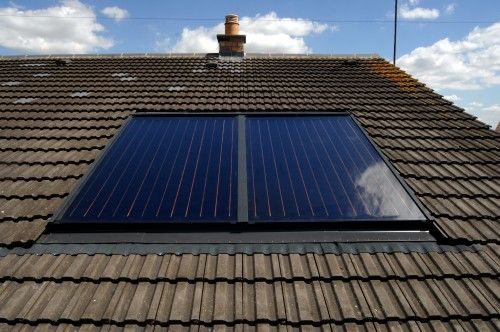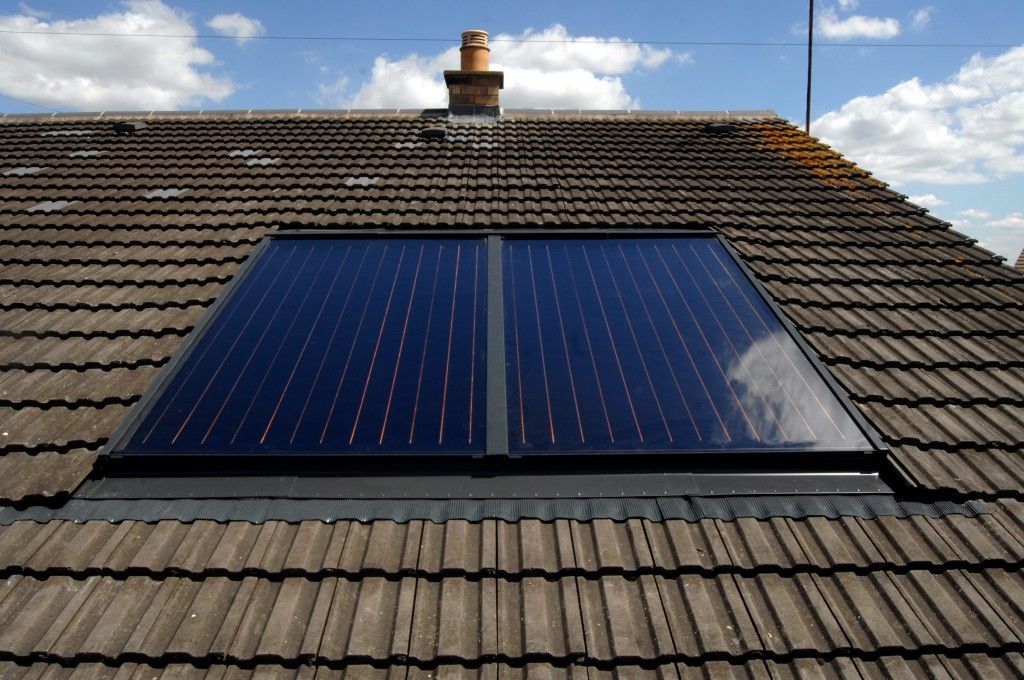
 The Department of Energy and Climate Change has announced its final decision on the new Feed-in Tariff (FiT) rates for 2016
The Department of Energy and Climate Change has announced its final decision on the new Feed-in Tariff (FiT) rates for 2016
The government has heeded the evidence and unprecedented support for solar power and cut domestic tariffs by 64% to 4.39p/kWh instead of the original proposal of cuts of up to 87% to 1.63p/kWh. This is compared to a rate of 12p/kWh that currently exists.
The announcement on December 17 confirmed that the new tariffs will come into force from February 8 and the deadline for projects to receive the current higher tariffs is now January 15.
The decision comes after a prolonged campaign by the Solar Trade Association (STA) and organisations such as the Confederation of British Industry.
Paul Barwell, STA CEO, said: “The government has partially listened. It’s not what we needed, but it’s better than the original proposals, and we will continue to push for a better deal for what will inevitably be a more consolidated industry with fewer companies. We will be pressing the government to do much more to boost solar power.”
The STA has welcomed the fact that the government has not increased energy efficiency requirements to be eligible for the solar FiT, and has not made any changes to how the tariffs are indexed over time or to the export tariff when electricity is sold back to the grid.
“The new tariff levels are challenging, but solar power will still remain a great investment for any forward-thinking homeowners wanting to protect themselves from volatile energy prices and do their bit to reduce global carbon emissions,” said Paul.
“Our initial analysis shows solar is still worth considering if you consider the wider benefits such as the increased value to your home. Homeowners can also benefit by changing the way they use their generated electricity through higher day-time usage or via storage which is now a rapidly developing market.”
The Electrical Contractors’ Association (ECA) also fought against the proposals to cut domestic tariffs by 87% and also took its case to key ministers, MPs and parliamentary committees.
Director of business services, Paul Reeve, said: “The fact that many are relieved at a 64% reduction is an indication of what we’ve managed to avoid.
“Solar simply needs five more years to head towards a no subsidy future, and the government’s announcement may just allow it to get there.
“However, there is more to the government plans than a headline domestic rate of 4.39p/kWh, there is also a cap on the tariff of £100 million up to 2018. This could effectively ration solar PV deployment going forward, so the industry really does need to move towards a no subsidy, grid parity model as soon as possible.”
Recent research by Barclays Mortgages shows that solar power is considered the most desirable technology with homebuyers willing to pay an extra £2,000 more for homes equipped with solar panels.
Although installation companies are not allowed to sell on this basis, if investors in solar are willing to consider the potential to attract a higher sale price for their home in future, then it still makes economic sense to invest in solar all over the country with an improved payback.
